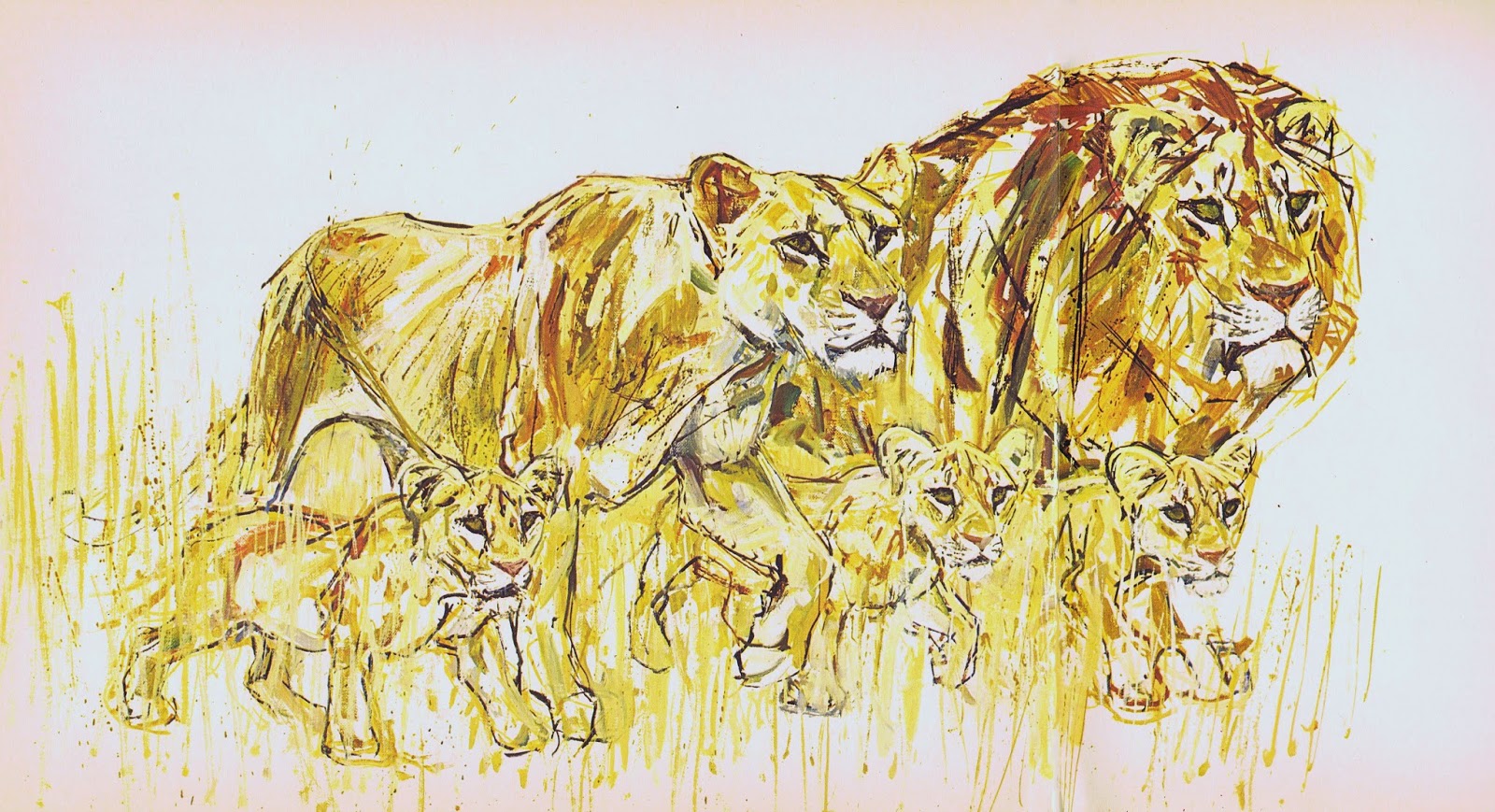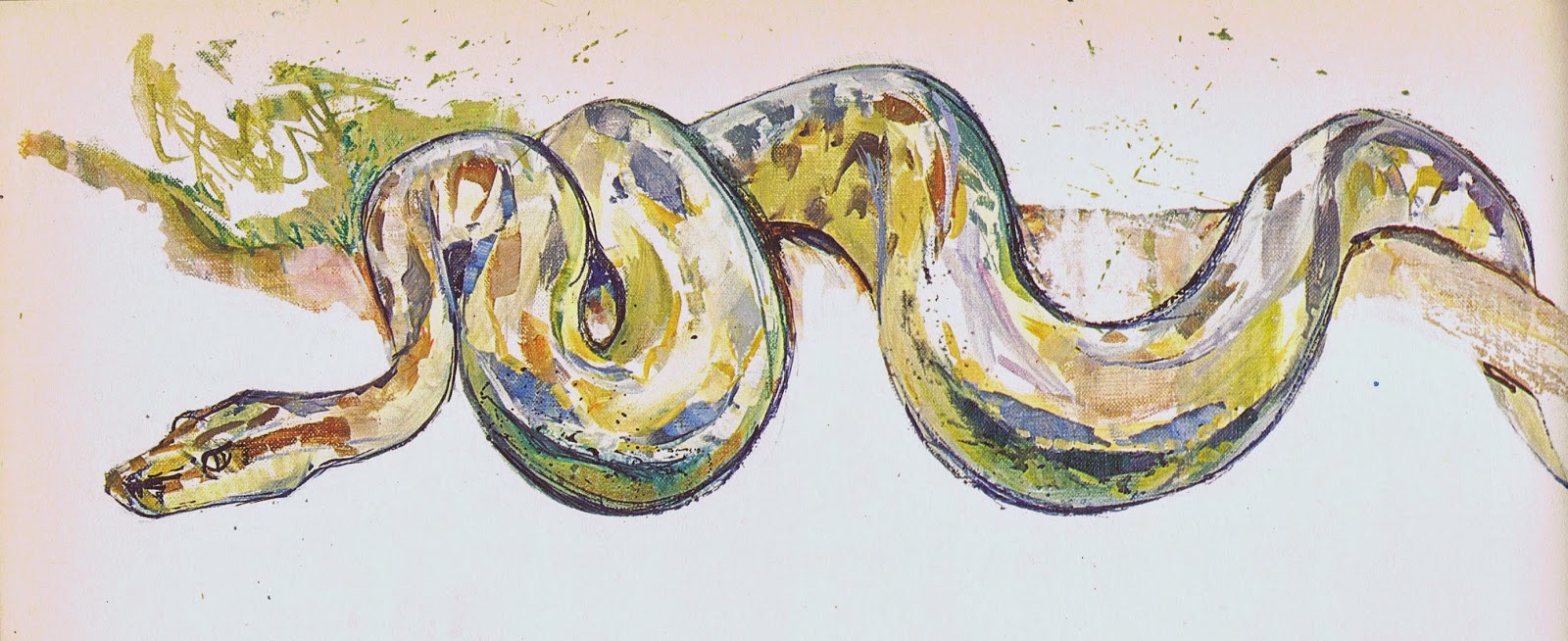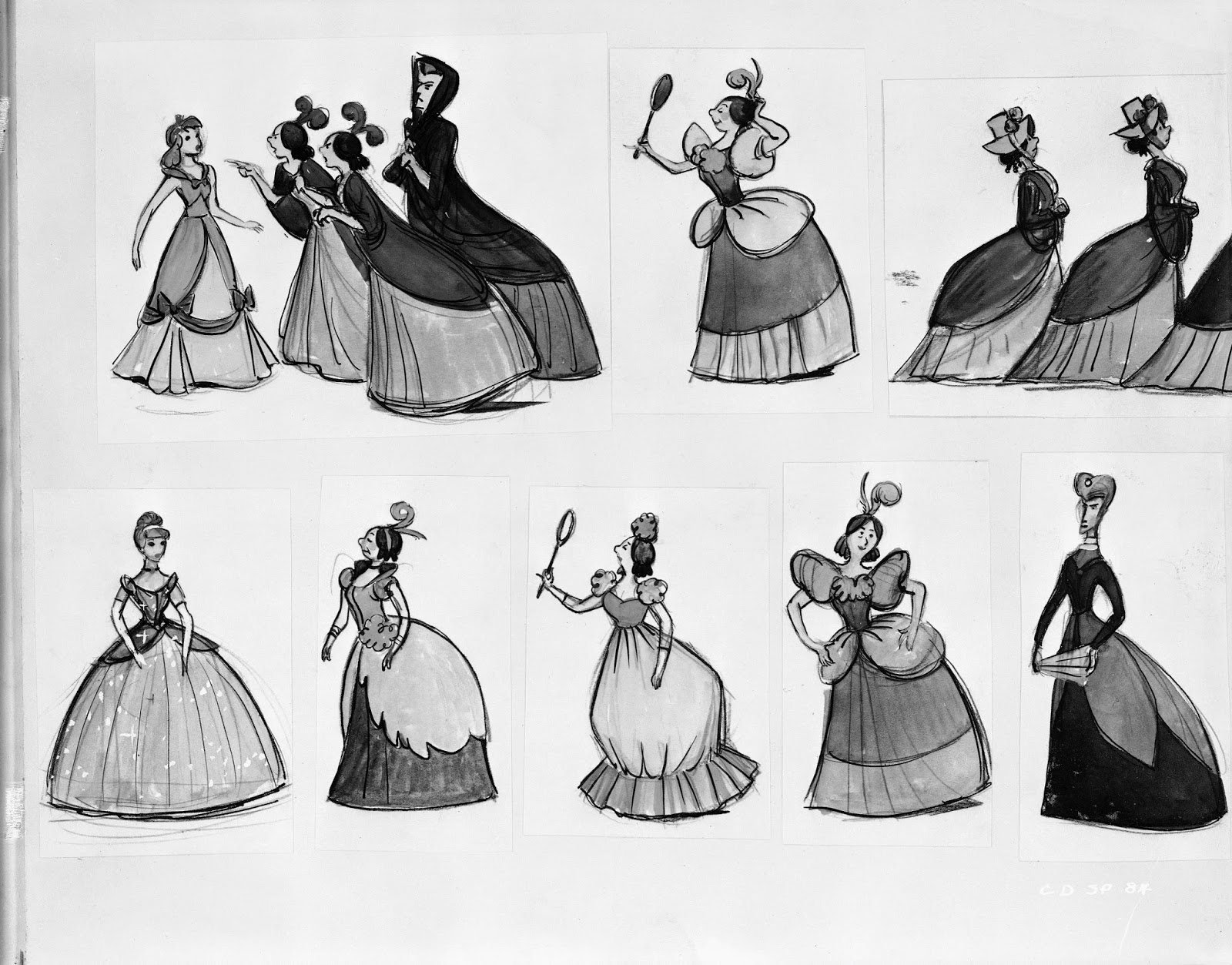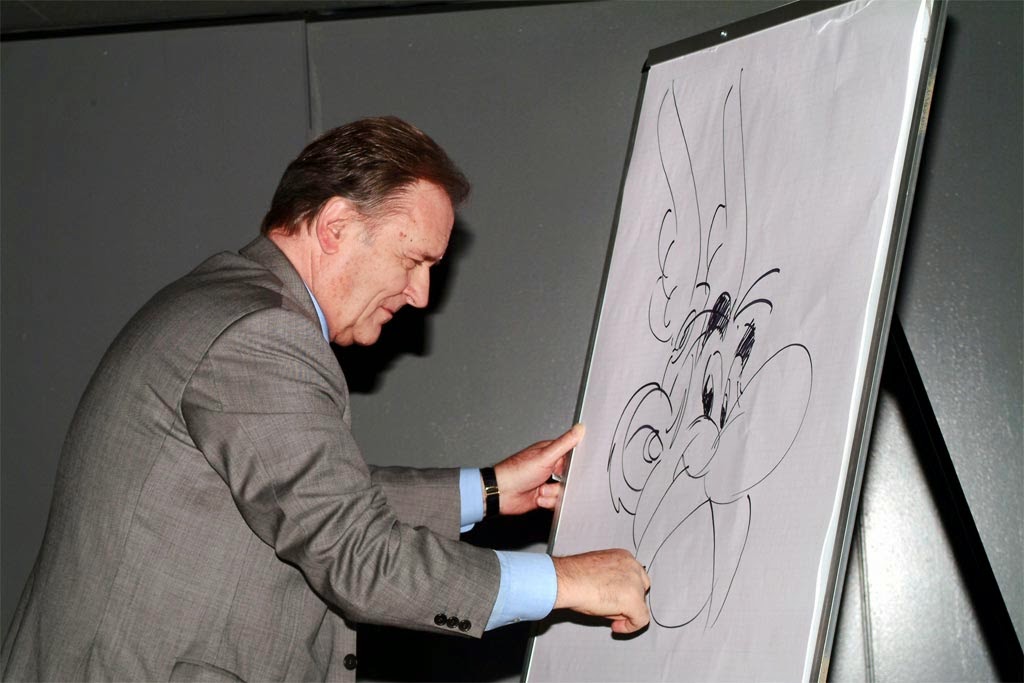…in the movie Robin Hood is the puppet show during the song number “The Phony King of England”.
Overall this is a fairly weak section, it contains tons of re-used animation from Jungle Book, The Aristocats and even Snow White. And when the animation is new, it is subpar.
But…. the little puppet performance, which mocks Prince John and Sir Hiss is brilliant.
To help us go back to Disney during the early 1970s, the photo above is a nice snapshot with some of the key players from this production, Milt Kahl, songwriter/singer Roger Miller, Frank Thomas, screenwriter Larry Clemmons and director Woolie Reitherman.
Milt got to animate the puppet show, which is surprising, since you might consider this little performance of secondary importance, story wise. But as I mentioned before, when it came to finish a movie, Milt would do whatever was left to do, crowd- or simple continuity scenes. And he would do them darn well. Just look at the feeling of weight he gets into the animation with different sorts of fabric.
The loose shirt bouncing as it hangs on a couple of sticks. Prince John’s head, which is made up of cloth, stuffed with some kind of soft material. The crown is hard and solid, and reacts properly to the movement. The character of Otto is manipulating a green sock, mimicking Sir Hiss beautifully.
Honestly, this is a mini animation masterpiece! So believable and enjoyable!
I also love the staging when Friar Tuck and Otto come up into frame. This could have been a very complicated scene to communicate. They both share a small space in this hollow tree, and they are holding various contraptions. Again…Milt makes it look sooo easy!
Here is an edited clip, just showing the puppet show:
The final scene shows Robin emerging through the Prince John puppet. Look at how beautifully the shirt reacts as he comes up. Then the heavy crown lands on his head before he takes a little bow.























































